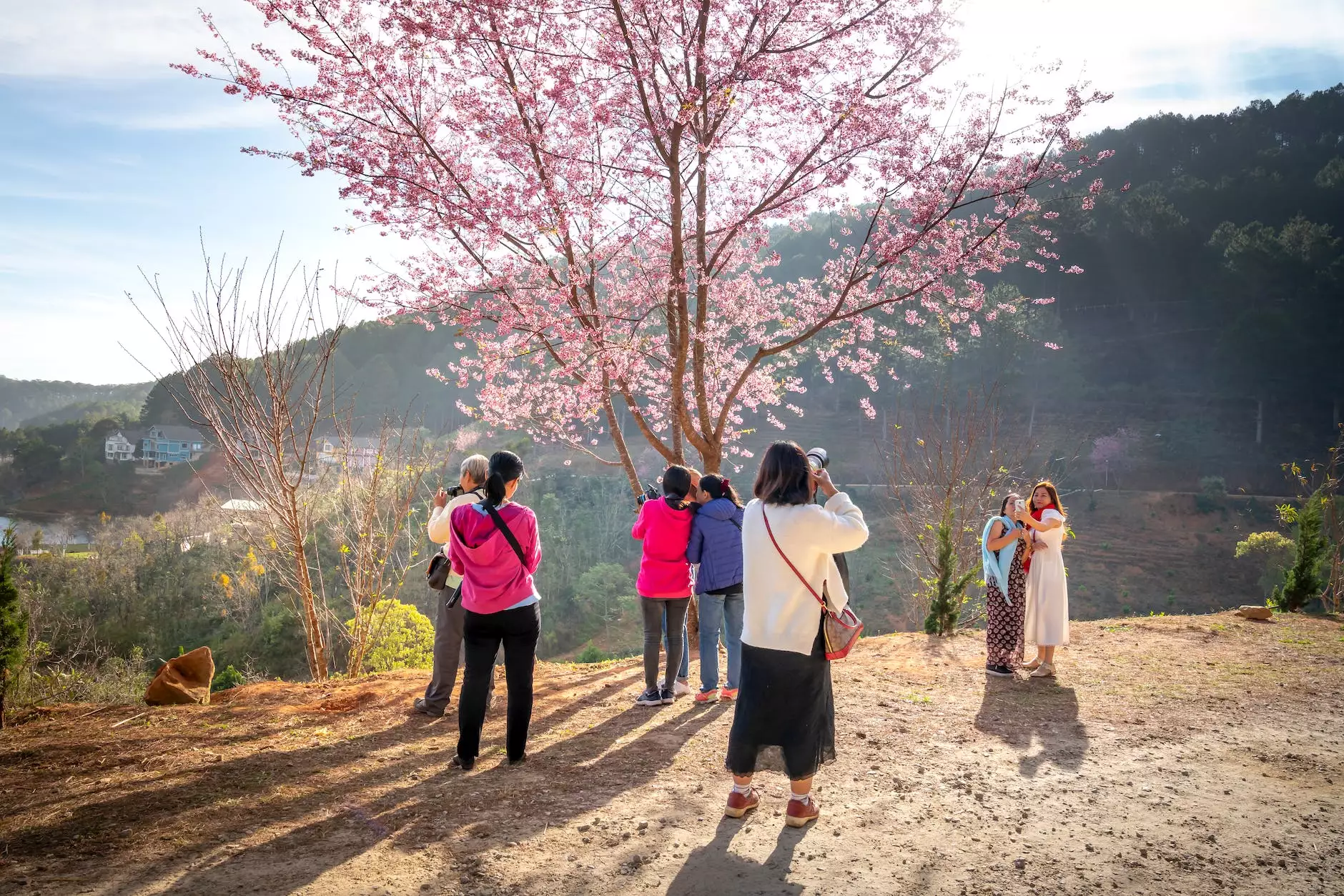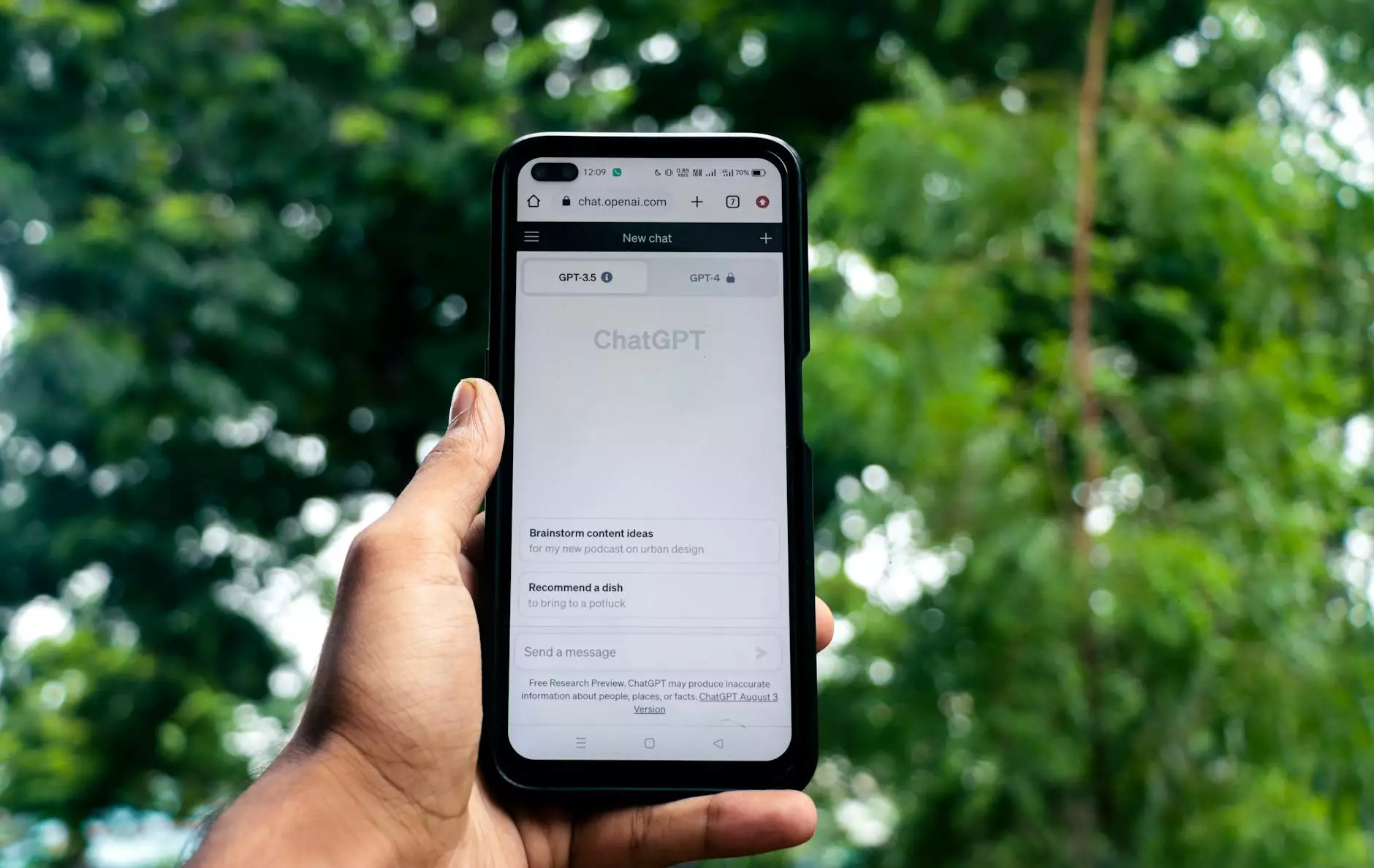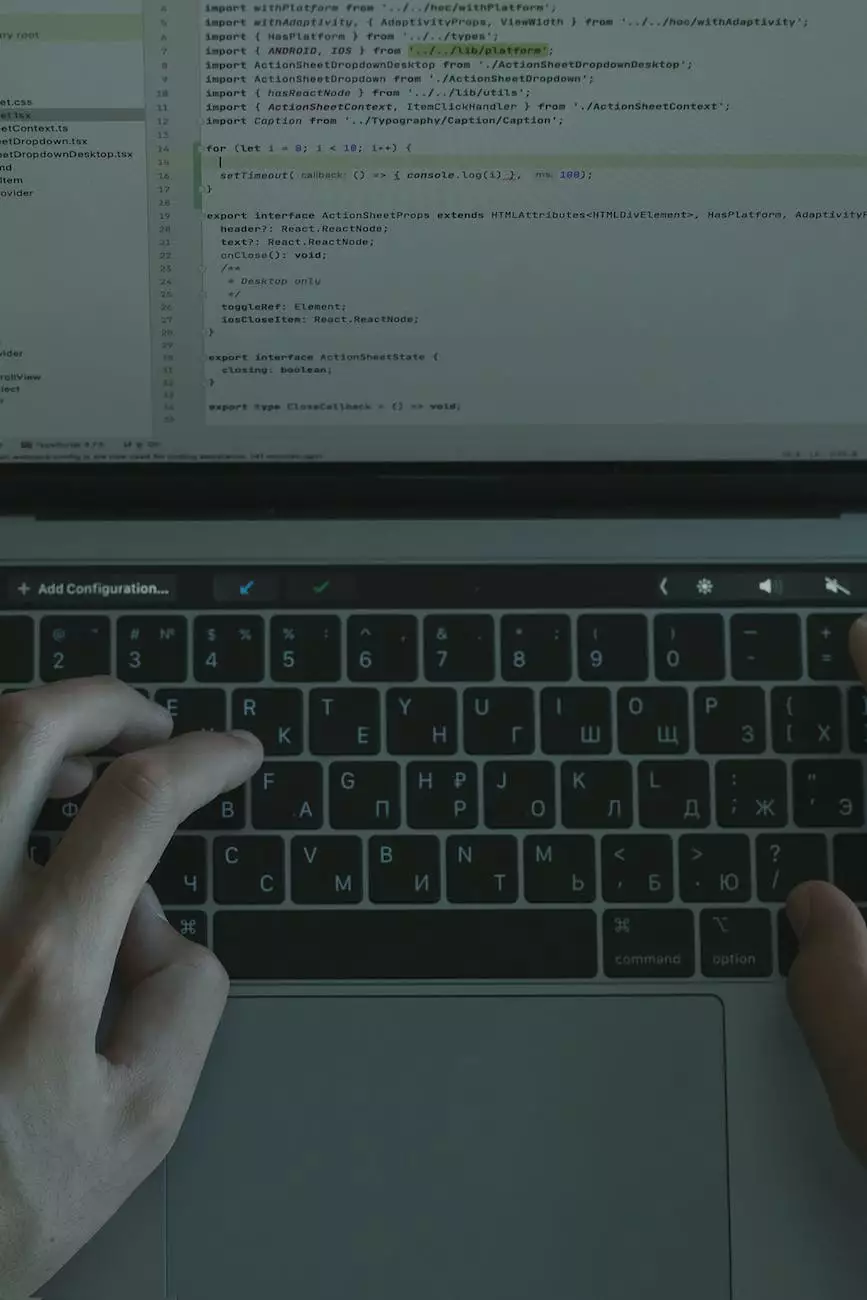Image Alt Text SEO: Optimizing Your Website's Images for Better Search Engine Visibility

Welcome to Aicendo.com, your go-to resource for all things related to computers, electronics, technology, programming, and developer software. In this comprehensive guide, we will delve into the importance of image alt text SEO and how it can enhance your website's search engine rankings.
What is Image Alt Text?
Image alt text, also known as alternative text or alt tags, is an HTML attribute applied to images on web pages. It provides a textual description of the image for visually impaired users who depend on screen readers to navigate the internet. Alt text is also utilized by search engines to understand the content of an image and determine its relevancy to search queries.
The Role of Image Alt Text in SEO
Image alt text plays a crucial role in search engine optimization (SEO) as it helps search engines to comprehend the context and meaning of images residing on your website. By providing accurate and descriptive alt text, you enable search engines to index and rank your images appropriately, resulting in improved visibility and traffic to your site.
Benefits of Optimizing Image Alt Text for SEO:
- Enhanced Accessibility: By including meaningful alt text, you ensure that visually impaired users can still understand the content of your images through screen readers.
- Improved SEO: Well-optimized image alt text increases the chances of your images appearing in search engine results pages (SERPs), driving organic traffic to your website.
- Higher Click-Through Rates: When your images are displayed in search results, compelling alt text can attract users' attention and entice them to click on your page.
- Increased User Engagement: Relevant alt text provides additional context to your images, making the overall user experience more enjoyable and informative.
Best Practices for Writing Image Alt Text
1. Be Descriptive and Accurate
When crafting alt text for your images, ensure that it accurately describes the content of the image. Use relevant keywords naturally, but avoid keyword stuffing. For example:
Good example: "Close-up view of a red rose with dewdrops"
Bad example: "Red rose, roses, flower, nature, garden, beautiful, flora, petal, stem, leaves, close-up, dewdrops"
2. Keep it Concise
Avoid lengthy alt text that may overwhelm visually impaired users or appear spammy to search engines. Aim for a concise description without sacrificing important details.
3. Prioritize Key Information
If an image contains crucial details or text, ensure that your alt text includes this information. This approach enhances the search engine's understanding of the image while assisting visually impaired users.
4. Maintain Contextual Relevance
While it's important to incorporate relevant keywords, prioritize the overall relevancy and context of your alt text to the specific image and page content. The description should make sense and provide valuable information even without the image.
5. Avoid Repetition
If multiple images on a page share similar content, use unique alt text for each image. Repetitive alt text can confuse search engines and hinder your SEO efforts.
Implementing Image Alt Text SEO
Now that you understand the importance of optimizing image alt text for SEO, it's time to implement it on your website. Follow these steps:
1. Choose Relevant Images
Select images that are directly related to your page content. Using irrelevant images can confuse search engines and reduce the effectiveness of your alt text.
2. Write Descriptive Alt Text
For each image, write a concise and descriptive alt text that accurately represents the image. Incorporate relevant keywords naturally, but avoid keyword stuffing.
3. Use Proper HTML Syntax
Ensure that your alt text is inserted correctly into the HTML code of your images. Verify that the alt attribute is populated with the appropriate alt text.
4. Test and Analyze
Regularly review and analyze your website's performance in search engine rankings. Monitor the effectiveness of your alt text by assessing the organic traffic generated from image searches.
By following these best practices, you can optimize your website's images for search engine visibility, improve accessibility for visually impaired users, and enhance your overall SEO efforts.
About Aicendo.com
Aicendo.com is your ultimate source for comprehensive insights into computers, electronics, technology, programming, and developer software. Browse our website for expert articles, tutorials, and resources on various topics, including animasi text html and much more.
Stay tuned for more informative content geared towards empowering individuals and businesses in the ever-evolving world of technology.










